Affiliate links on Android Authority may earn us a commission. Learn more.
Becoming a photography gear minimalist: What do you actually need?
Published onJanuary 22, 2022
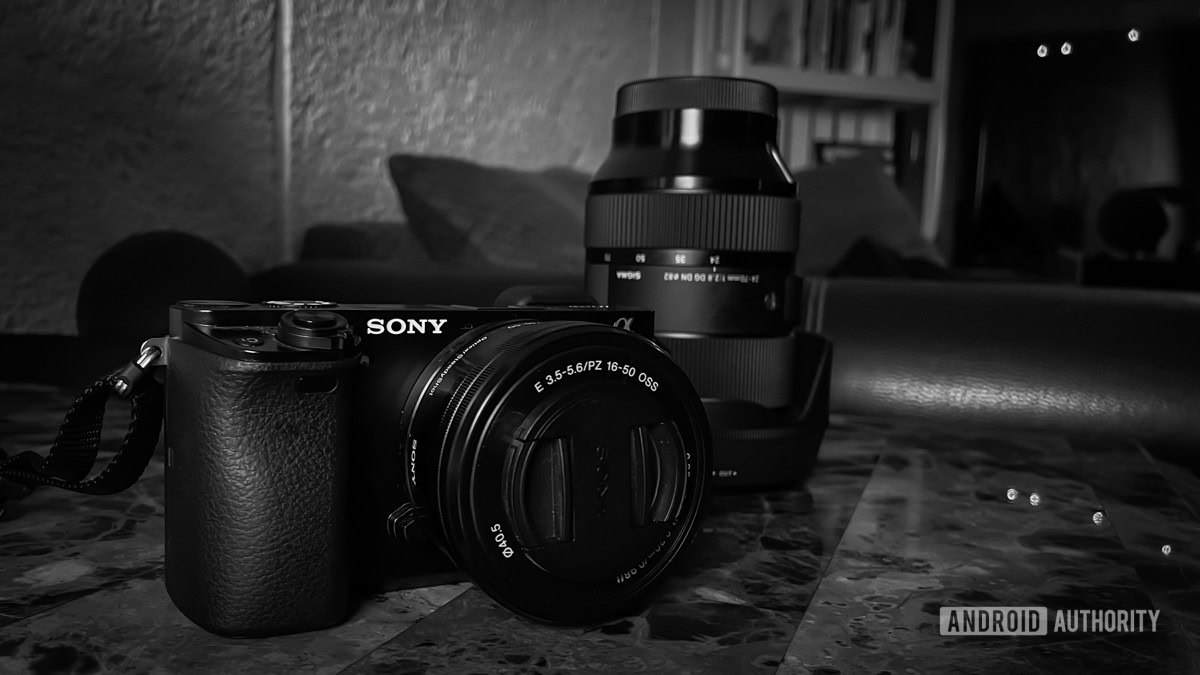
A common recent topic in the world of photography has been equipment minimalism. What is this movement all about? In this post, we’ll talk all about photography gear minimalism, give you reasons why you should adopt it, and even provide some recommendations to simplify your photography bag.
What is photography equipment minimalism?
Photographers have been running the equipment race for years. A professional photographer or videographer is expected to have a plethora of lenses, multiple camera bodies, a slew of lights, filters, accessories, and more — all of which can get pricey.
Recent advancements in technology have made us wonder whether all this equipment is necessary to create good content. A new movement is enticing creatives to simplify their camera bag and general equipment as much as possible. This will let them focus more on the creative side of the art, such as composition, color theory, the subject, and more.
Instead of deciding which of the many lenses to use for a specific shot, for example, one can spend more time thinking about the fundamentals, which ultimately do more to improve an image or video. Furthermore, all this equipment can become very heavy and cumbersome to carry around shoots. A smaller bag will grant the shooter more mobility and a streamlined workflow.
Also: Photography tips that will take your images to the next level
Why I’m becoming a photography equipment minimalist
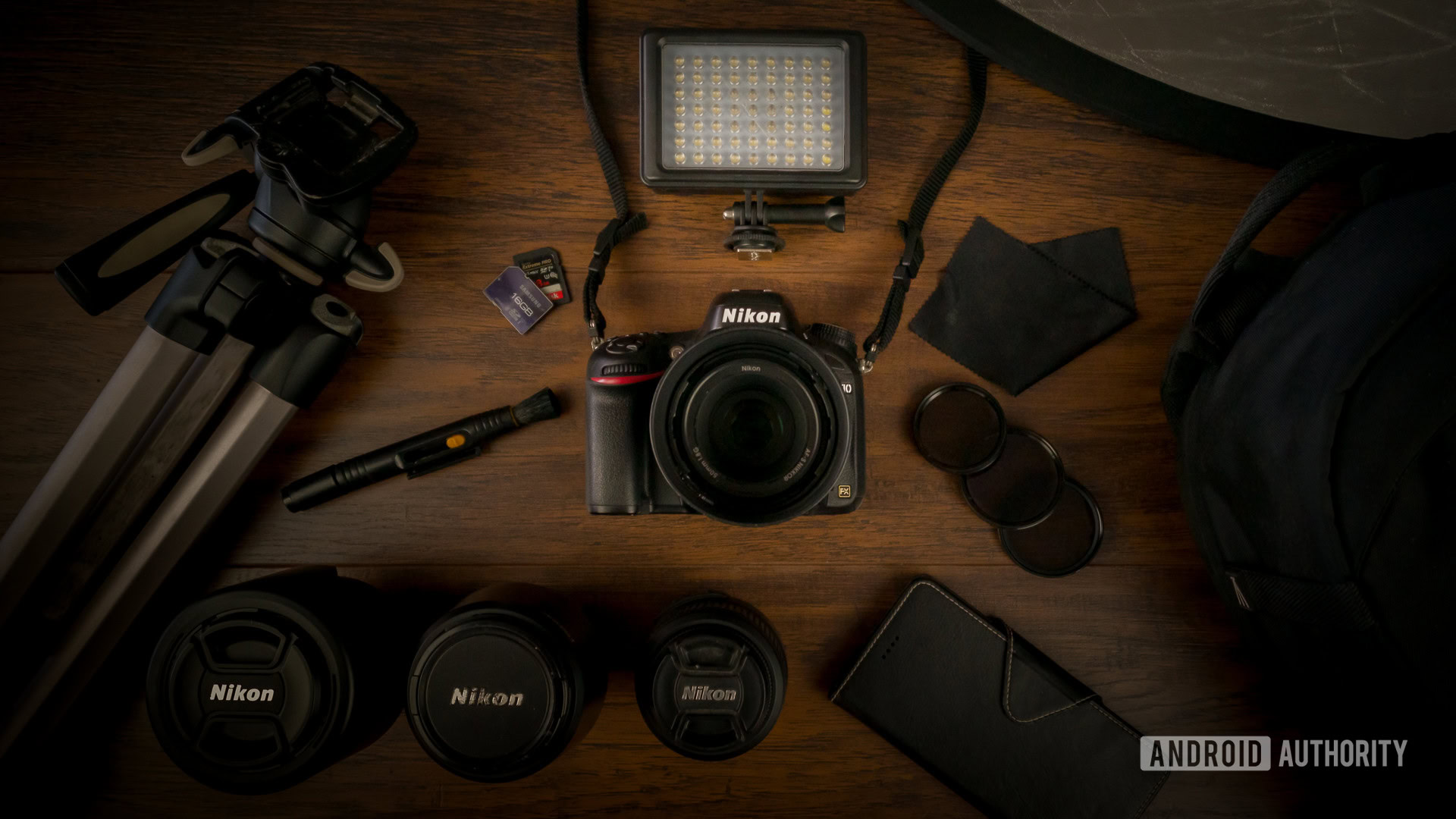
Hello. My name is Edgar Cervantes and I’m a tech addict.
My journey into the world of photography started in 2010. I was a tech blogger with journalistic dreams and CES right around the corner. We were looking to cover the latest tech the industry had to offer, but with awful photos to showcase all these innovative products. It was time to invest in some more serious camera equipment. After extensive research, I decided to go all out and spend $600 on the latest entry-level Nikon D3000 DSLR. I thought I was spending the big bucks then. Boy, was I wrong!
After discovering a new passion, and what would soon become my career, photography became one of the biggest money pits I’ve found myself in. I’ve spent thousands upon thousands of dollars on camera bodies, lenses, accessories, software, and computers. I’ve also come to dedicate ample space to my home studio, allowing this passion to take over my living space. My camera bag soon became bulky and impossible to carry comfortably at events with huge show floors and long sessions. I often needed extra help to carry things, which added to the bill. In my mind, this was simply part of the job. Until one day I wondered: Do I really need all of this, or is it simply weighing me down?
Do I really need all of this camera gear, or is it simply weighing me down?Edgar Cervantes
We’ve all heard time and again that a good photographer can take an amazing photo regardless of what equipment he is using. While I still believe this isn’t 100% accurate, I do think there is a lot of truth to it, especially as technology evolves. At the very least, I know I didn’t need as much as I had. I noticed I was using only a couple of lenses for over 90% of my photos. My lighting needs have also been much more minimal lately, as I generally stick with a couple of softboxes for most of my shoots. All these fancy accessories mostly took up space in my big bag, too. As I became a better photographer, my equipment needs were reduced. I’ve learned how to accomplish shots without over-complicating the setup because I had the fundamentals down.
I realized I was a photography equipment hoarder. Much of the stuff I thought was helpful, could be replaced with much more affordable products, just by adding a little touch of knowledge to the equation. What made my photos great (if I can say so myself) wasn’t all the expensive gear. It was the knowledge I had acquired over the years. The intangibles make most of the difference, such as composition, color theory, lighting effects, and that extra touch of style each photographer imprints on images.
Related: What a pro photographer can do with a cheap smartphone camera
What do you actually need to take great photos?
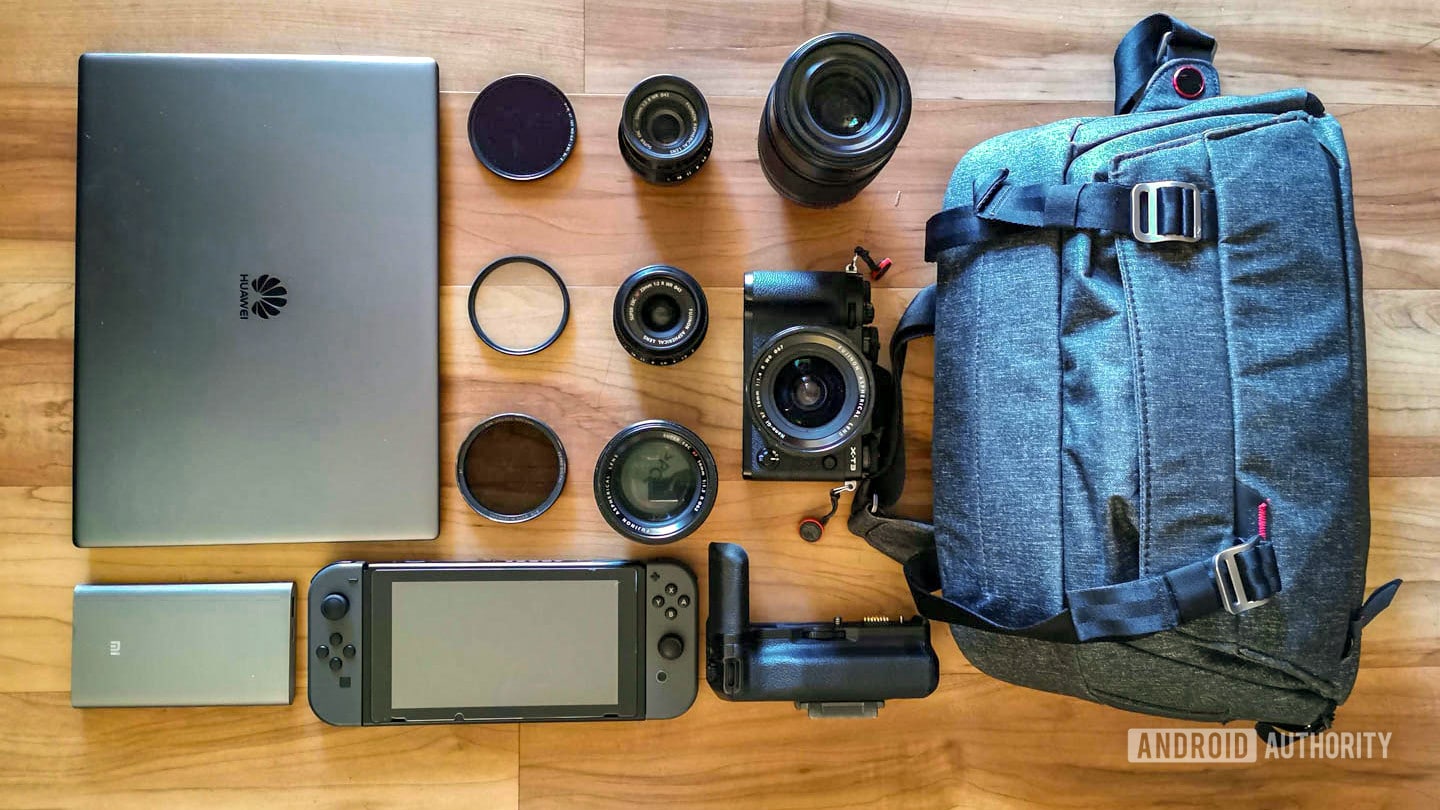
Keep in mind I’m not saying quality equipment doesn’t help, because it certainly does. The new stuff I’m getting isn’t necessarily cheap! You might end up spending less, or you might not. You will simplify your workflow, and that is what matters.
If you’re interested in photography equipment minimalism we have some pointers to lead you in the right direction.
Knowledge and practice
The old recommendation to invest in yourself is also valid in the world of photography. Learn the fundamentals of photography and practice as much as possible. Get to know your equipment until using it is second nature. This will help you be a much more efficient photographer in the long run.
We have plenty of photography education content here at Android Authority. We also recommend you check out other YouTubers, photographers, and courses for extra learning. Just soak in as much information as possible, and then put it into practice.
Get started: Photography terms you should know
Camera body
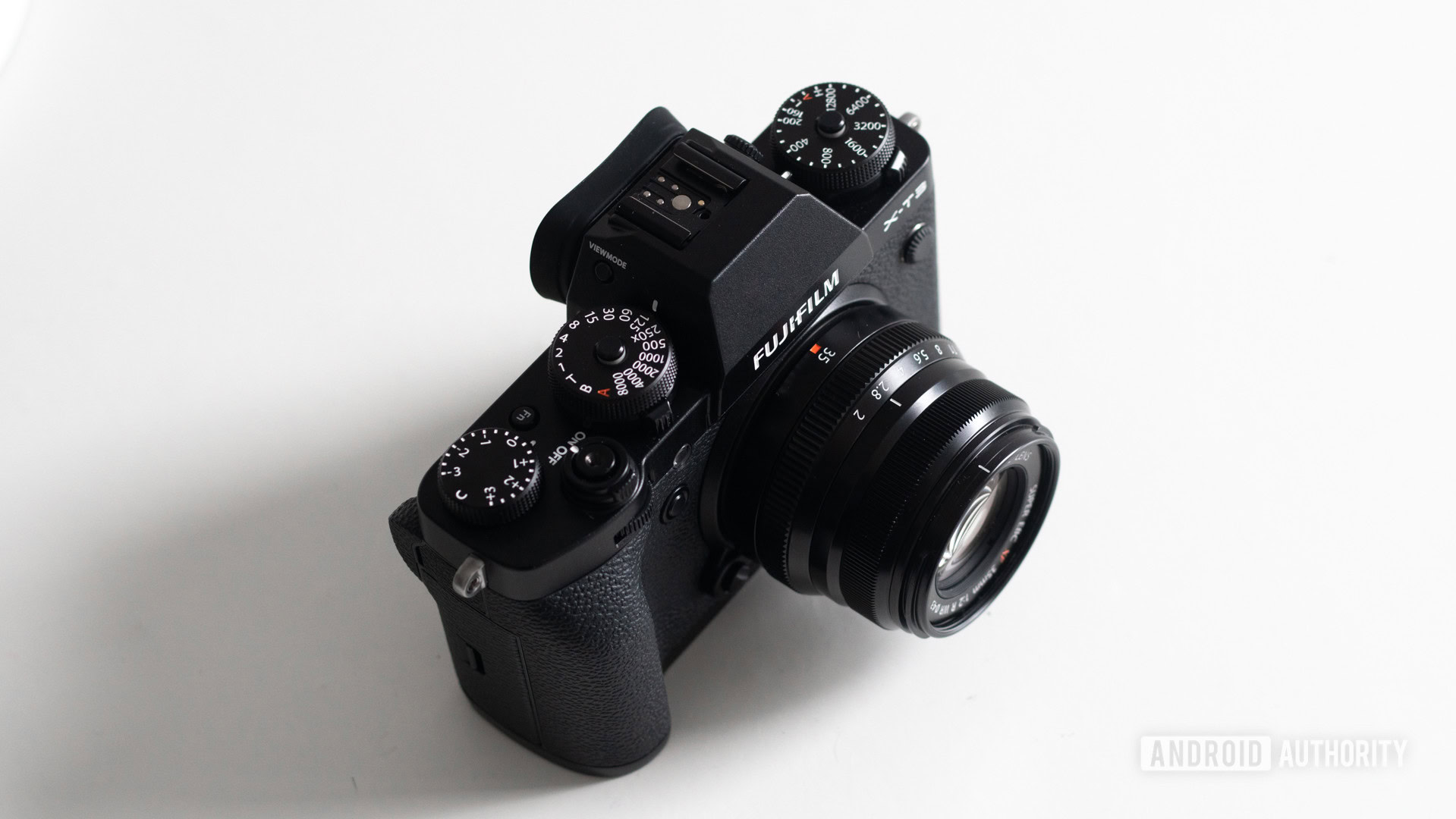
While many claim the camera body isn’t as crucial as lenses, I believe it’s the most critical decision you can make. Which camera body you pick will dictate the lens options you’ll have at your disposal, for starters. Not only that, but it’s what you are most in contact with. Build quality, button placement, controls, and other factors make a huge difference in your shooting experience.
Design and build quality
Try to prioritize what matters to you. Some camera bodies are smaller and lighter. Others are bigger, but much more ergonomic. There are also cameras with excellent build quality and premium materials, while others stick to cheaper plastic. Price ranges and purpose will determine what you value more.
Sensor size
Picking the right sensor size is a huge decision. Generally speaking, a bigger sensor usually outputs better results. The two main industry options are full-frame and APS-C sensors.
Larger, full-frame sensors are better for low-light photography, noise reduction, and that bokeh (blurry background) effect so many photographers love. Full-frame sensors can offer bigger or more pixels, which can help improve light gathering. They also tend to be significantly more expensive, though. Not only that, but full-frame lenses also tend to cost more than their APS-C alternatives.
APS-C sensors are still excellent, especially with technological advances in recent years. Because the sensor is smaller, the rest of the camera size can also be reduced, so APS-C sensors are usually better for mobile photographers who need something more compact and light.
Quality lenses
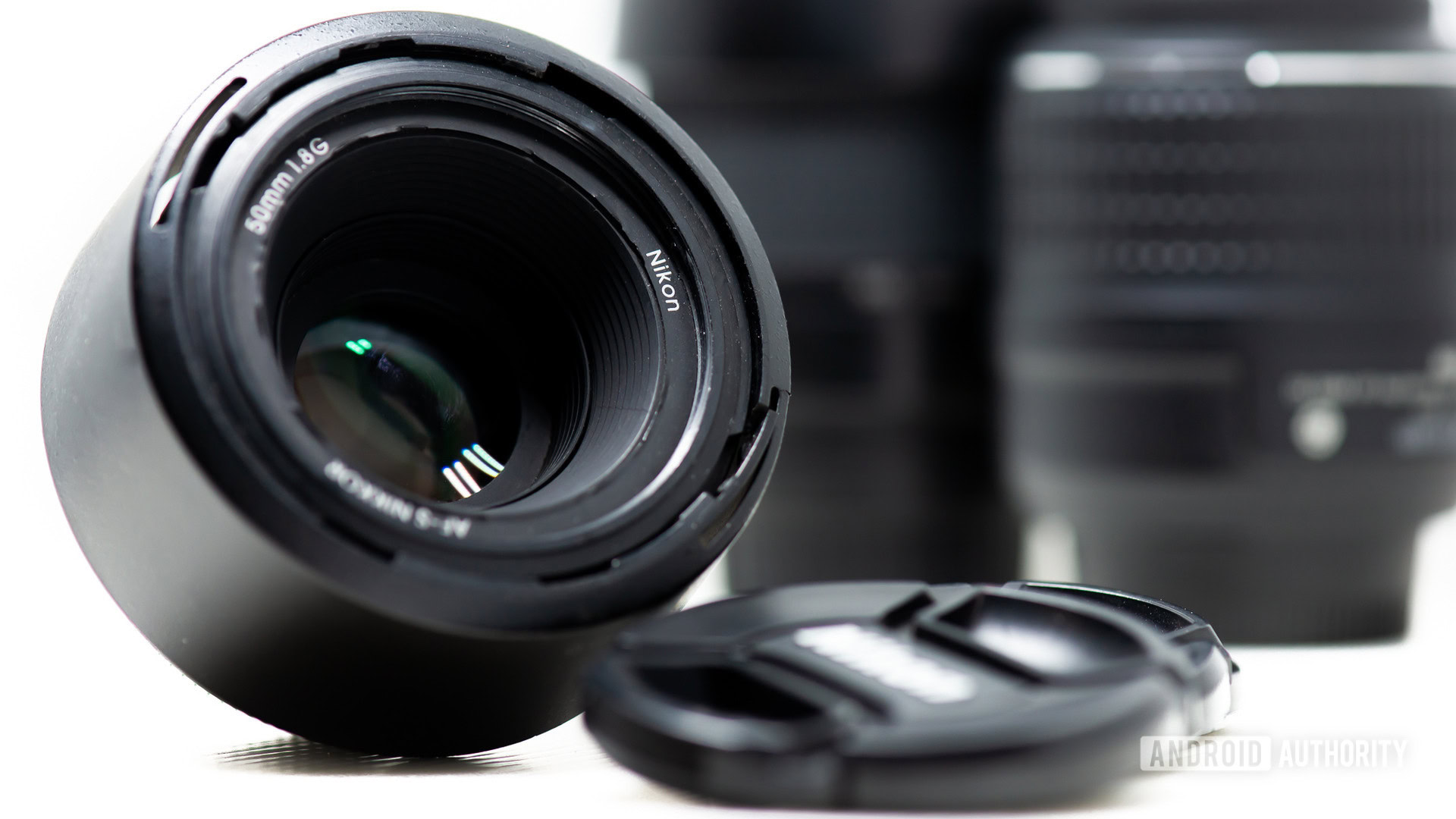
This is where you’ll likely spend the most money, and for good reason. Lenses are what make the most difference in image quality. Outstanding glass elements and sound engineering make images crisper and cleaner. They also determine other factors like aperture, which can affect the depth of field.
A true photography equipment minimalist will want to get as few lenses as possible. A good rule of thumb is to stick with three to four, at the most. This will offer plenty of versatility while keeping your options simple and light. Let’s talk about some of the options we recommend. You can then prioritize what matters to you most and make your choices. All of these are available from multiple manufacturers, but we’ll focus on the general lenses for each purpose for the sake of simplicity.
50mm f/1.8 prime
A 50mm f/1.8 lens could become your best investment. I have likely used mine for most of my photos.
The 50mm range produces the closest to what the human eye can see. Of course, this is given the lens is paired with a full-frame sensor; smaller sensors will see a zoomed-in perspective.
Prime lenses can’t zoom in or out. They are stuck with the focal length they were built with. The lack of moving parts usually makes them smaller and much more affordable. They tend to have excellent quality, and the wider aperture helps produce beautiful bokeh.
24-70mm f/2.8
This is an industry-favorite lens type. These are often the lenses professionals first get when stepping into bigger leagues, and the original ones from the big brands usually cost near $2,000. Their quality tends to be superb, though, and the f/2.8 aperture is still plenty fast compared to cheaper lenses with zooming capabilities.
The 24-70mm focal length range is also valued by shooters. This is because it covers most perspectives when using it to shoot things that are within relative closeness. Most of us shoot at reasonably close distances for most photos. You can use this to shoot groups of people, places, or even some landscape photography. You can also zoom in to get headshots, portraits, product photography, or any other general shooting. It’s a very versatile lens for day-to-day use.
70-200mm f/2.8
Those who want great quality — much like that seen in the 24-70mm f/2.8 lenses — but need to get closer to the subject, should take a look at a 70-200mm f/2.8 option. These lenses can get much closer to subjects that are further away. Think about the times you need to shoot sports events, concerts, etc. They are also great for portraits, as higher focal lengths usually give faces a flattering look with better depth.
Macro lenses
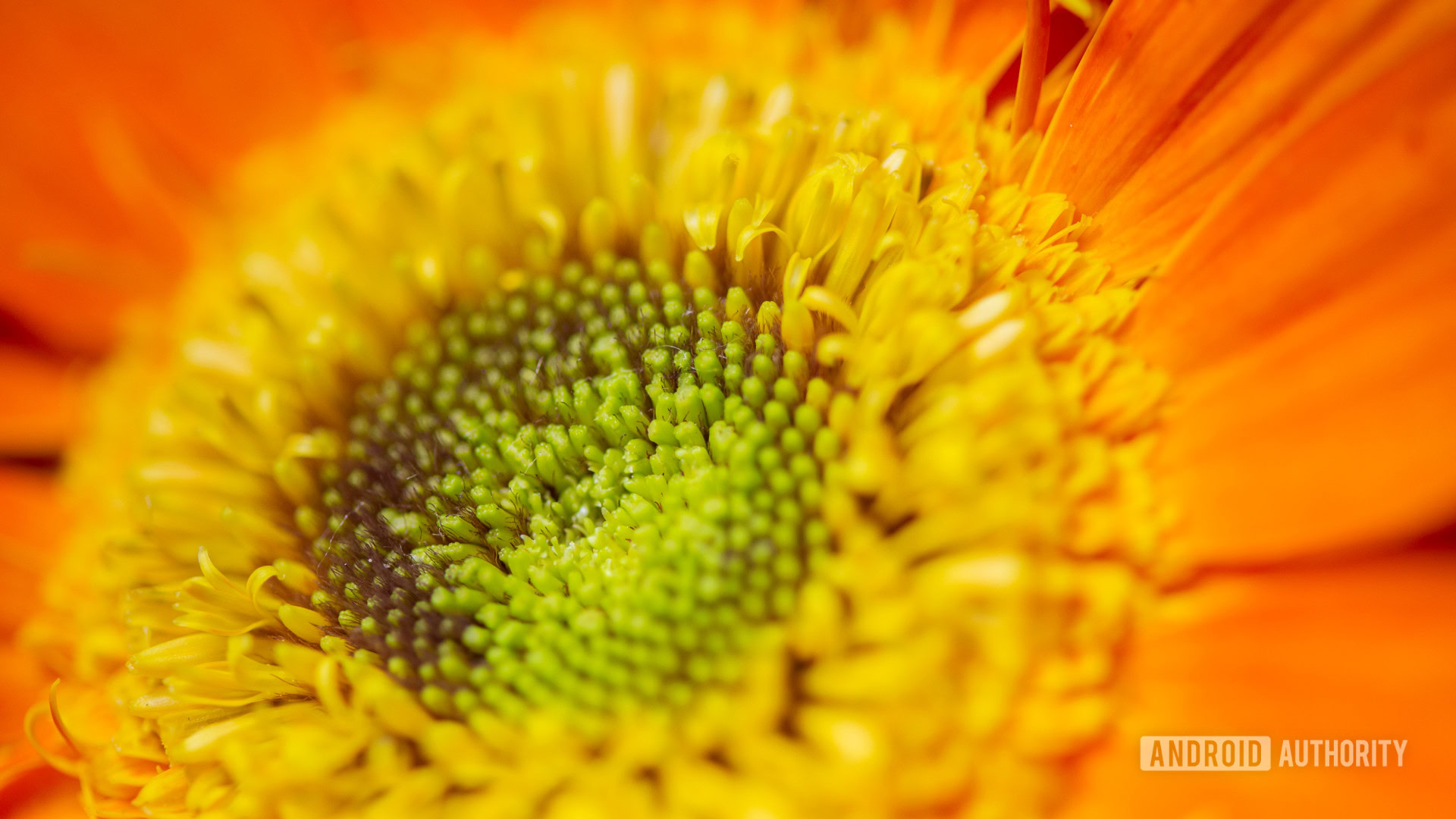
Macro photography refers to close-up, magnified images of tiny things. Have you ever seen photos of a fly’s eyes or a spider’s face? Having the ability to focus on subjects up close is incredible. The good news is you don’t need to use macro lenses only for up-close photos. People like using them for portraits and general images too. The only downside is they tend to have a very high focal length (90-110mm), so you might have to step back to take most regular shots.
Related: What is macro photography?
Other options
Of course, there are plenty of other lenses you can get for more specialized shots. You can get wider-angle lenses (14-24mm) to cover a very ample space in a single shot. Fisheye lenses add an effect many love, and also take wide angles to the next level. You could also look into tilt-shifts for fun effects. Those types of lenses tend to be secondary, though. We didn’t recommend them because we’re trying to do the most we can with as few lenses as possible. It makes no sense for a minimalist to get lenses they might rarely use. Depending on your style and needs, you might deem them much more necessary, though.
Good lighting
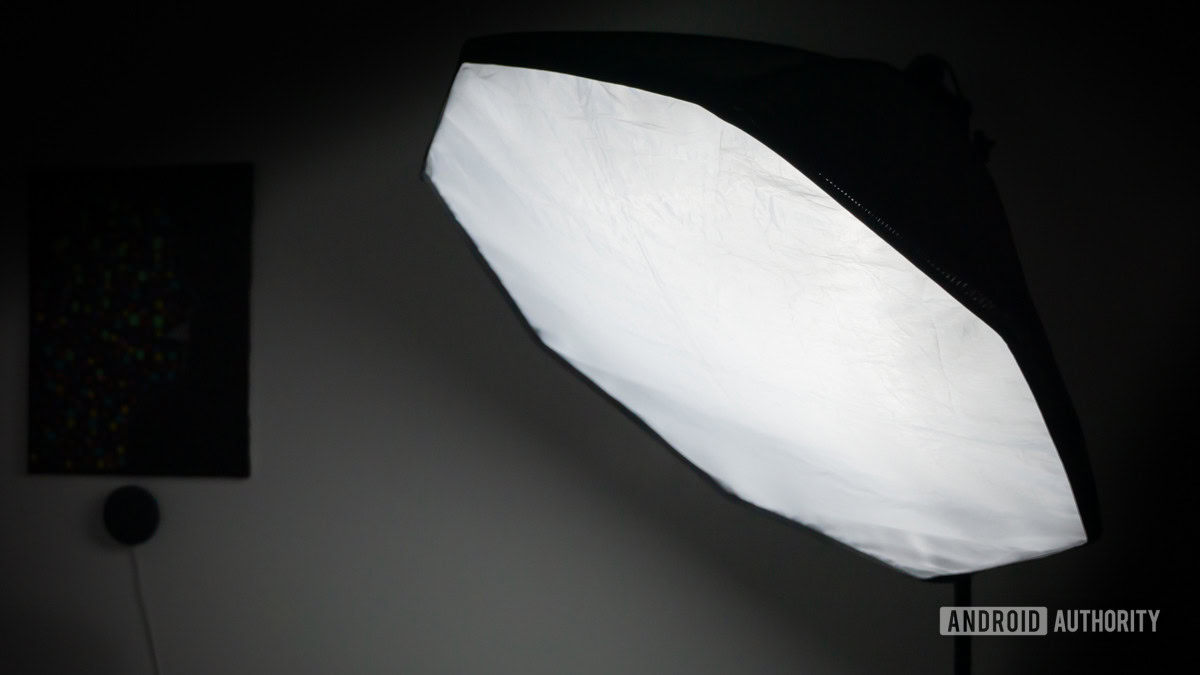
Photography is all about light. The very word’s origin comes from Greek, and it means “drawing with light.” It’s no surprise lighting is such an essential part of taking great shots. You don’t necessarily need to get too fancy with lighting equipment, though.
LED panels
A nice set of dimmable LED panels will do the job just fine for most people. Ideally, you should also get an option to modify the color temperature, so you can use them for most cases and not need to upgrade too soon. LED panels are also great because they take up much less space in your studio when compared to softboxes. These can be diffused just as easily for softer tones and less contrast. And if you’re feeling mobile, most can even be outfitted with a battery for use on the go.
There are also small LED panels meant for lighting smaller subjects, and these can be very affordable (usually no more than about $50). I use mine to light smaller subjects or simply add more focused light to certain parts of a photograph.
Reflectors
There is often plenty of light around your subject if you’re shooting during the daytime. An excellent way to redirect it is by utilizing a reflector. These are pretty affordable and can make a huge difference when illuminating a subject. Most are double-sided; you can use the white side for softer illumination, or you can redirect stronger lighting using the metallic side.
Flash
I am not a huge fan of flash photography. It tends to make for very harsh light and over-dramatized contrast. Those who use it right can accomplish fantastic imagery, though. Good diffusers can make the lighting look more natural, and some image styles call for harsher contrast.
If you like flash photography and are willing to put in the effort to learn everything to the tee, this is a great way to illuminate a photo. The smaller size of flash units proves very convenient, and they can have a very high level of customization. Some photographers only use flash for illumination.
The sun
If you want to be a true minimalist, you can often get away without using any artificial light. You just have to know what you’re doing and wait for the right time. You can take advantage of cloudy days for diffused lighting, or catch the light coming in from a window. In addition, many of us like to take advantage of both the golden hour and the blue hour, which is that time during twilight when the light softens and colors intensify. You’ll need to be quick to take advantage of these times, but you can achieve amazing photographs if you plan things perfectly.
Software
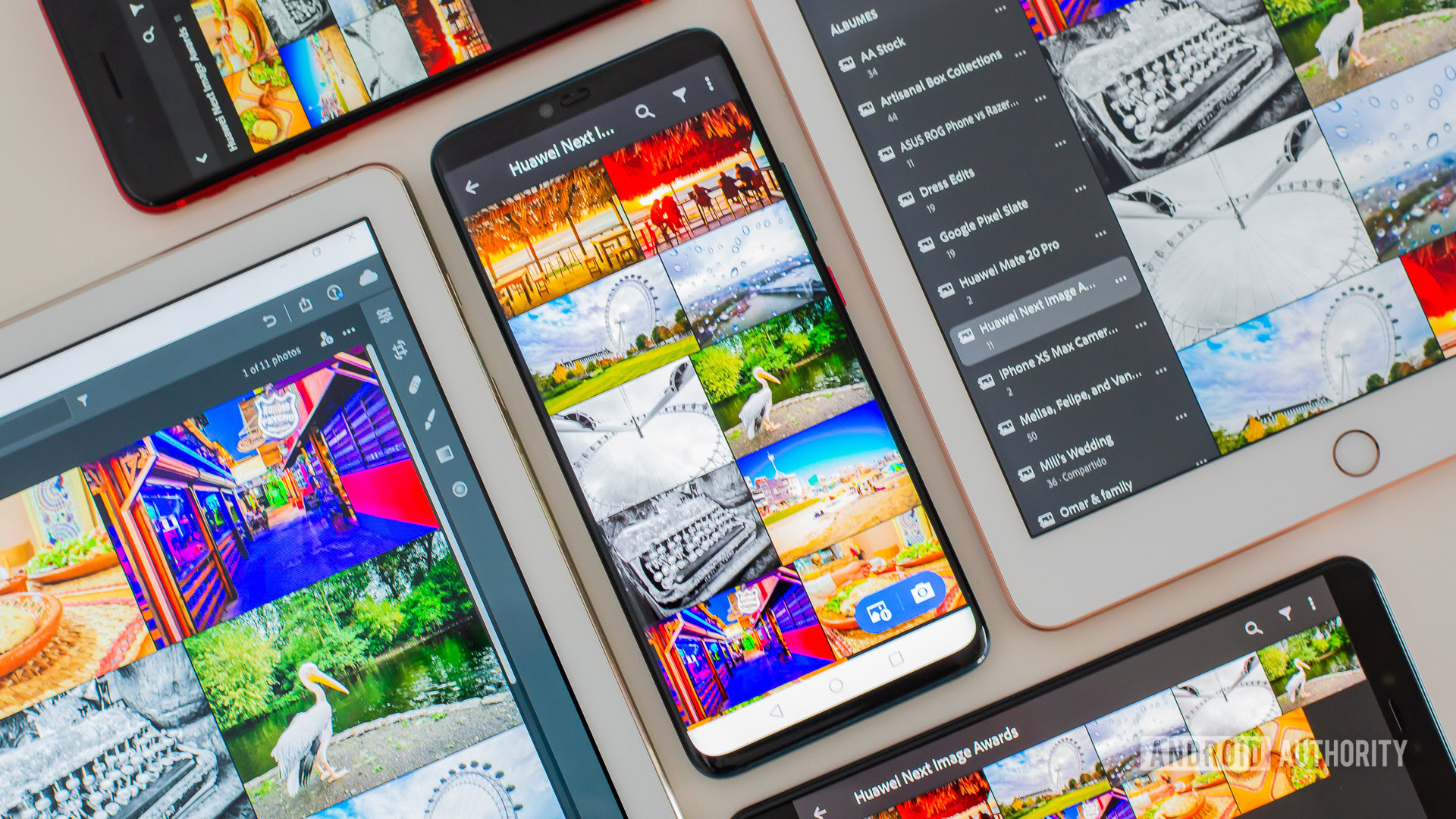
Shooting a great image is only half the work. Post-production can take a picture from great to extraordinary. Whether you edit heavily or do light customizations is up to you, but you’ll want to improve your images to get the best possible results.
Sometimes people overcomplicate things and get all kinds of apps to do particular things with their photos. Or maybe they spend a lot on presets and extra features. The truth is you likely don’t need that much editing customization. Even if you do, you can achieve filters and effects by editing manually, if you know what you’re doing.
A genuine photo minimalist will stick to one or two apps. We recommend something like Lightroom for light editing, color correction, exposure, cropping, and other simple edits. Those who want something more complex for heavier editing can look at Photoshop.
The only problem with these apps is that they can get costly, or require a subscription. If you want something free, but just as capable as Photoshop, take a look at Gimp. Or you can pay much less for something like Affinity Photo.
More: How to edit photos on Lightroom | How to edit photos on Snapseed
Things that help, but you might not need
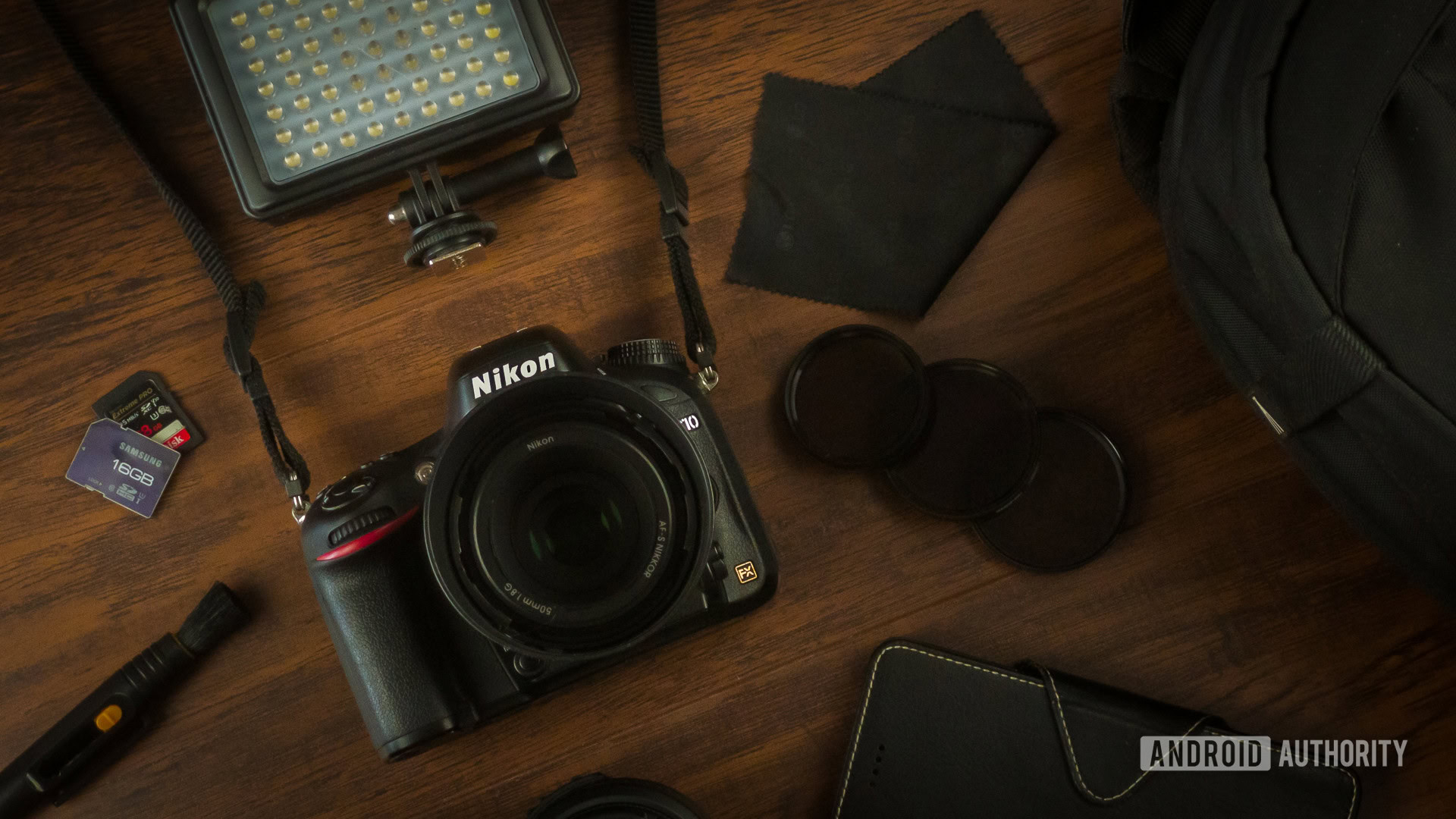
Once you know how photography works, the rest is a matter of applying your knowledge accordingly. It’s all about technique. And while having some extra things might be nice, they aren’t indispensable. Let’s cover some of these photo items.
A super camera
As a photographer, you will soon realize there’s a huge marketing push to get you to buy more expensive things. The truth is, most times, these recommendations are over-dramatized. With that in mind, try to make a sound choice about the camera (or any equipment) you get. It’s easy to upsell most consumers with the promise of better performance or a “future-proof” purchase, and the difference is often negligible.
Good results mostly come from skill and knowledge. And while super fancy equipment helps, it can often be overkill, especially if you’re starting out and don’t even know what to get. The difference between shooting 8fps vs. 12fps is nearly unnoticeable, and some will never even shoot continuously. That full-frame sensor might be nice, but you might not even notice the difference, depending on what you do with your camera. More dynamic range is always great, but you can also improve your lighting and save yourself the cash, if it makes more sense. It all depends on what, where, when, and how you’ll be taking photos, as well as how much you value certain features.
Many would say I downgraded my camera when I became a photography equipment minimalist. However, these people would likely also have to look hard to find any differences in my results. I won’t say there is no advantage to certain things. I miss my full-frame sensor! I can make up for the shortcomings with skill and proper editing, though.
The bag
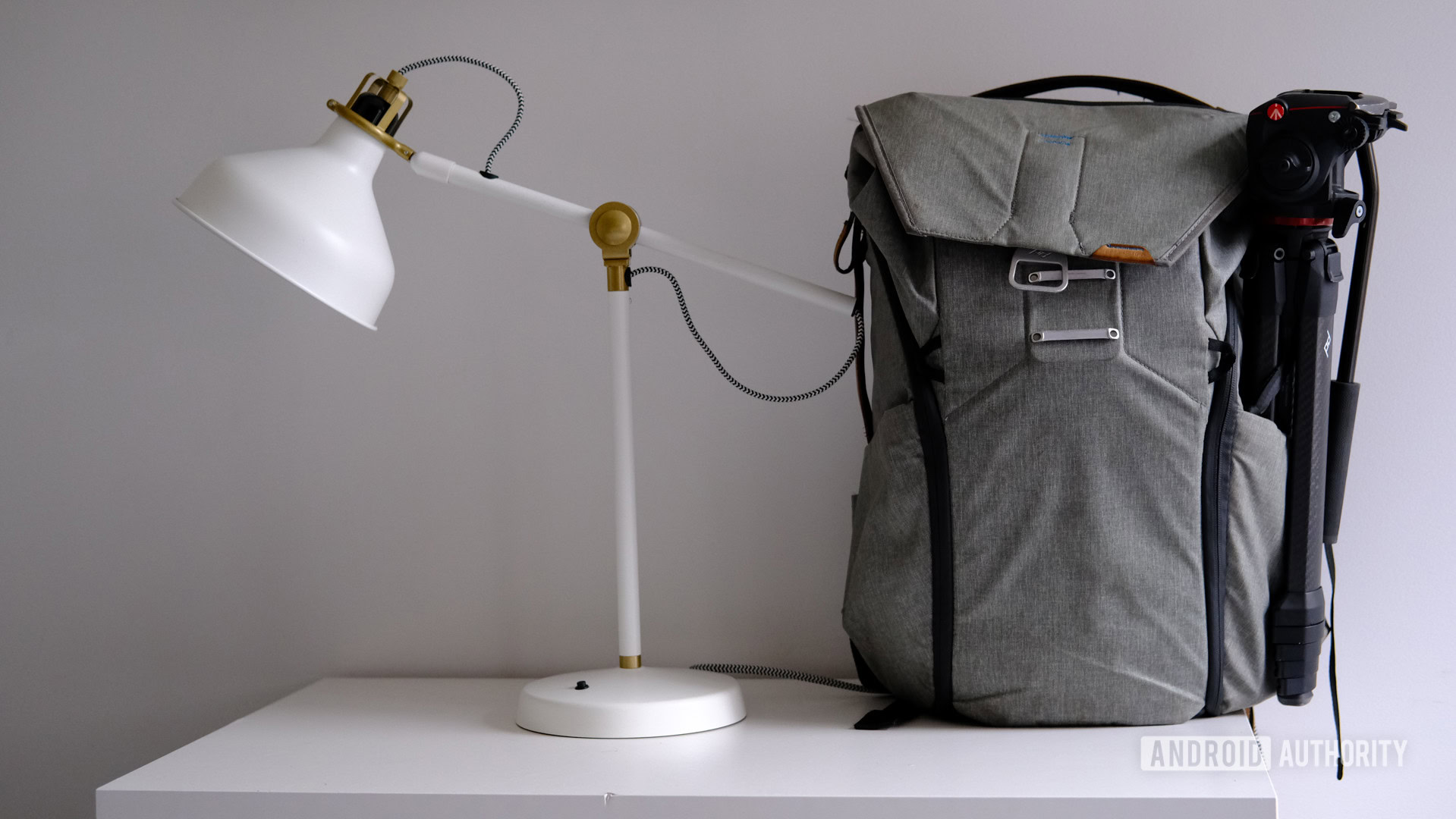
Having a photography bag is nice; it keeps all your equipment organized and safe. Is it vital, though? Not really. Some photographers might not need it at all. If you work in a studio and never really take your equipment anywhere, there’s no need for something to carry your stuff around. On the off-chance you need one from time to time, any bag you already have will do. If anything, it might be wiser to get suitable lens pouches and smaller bags to keep everything protected and stored safely.
A photo bag is a good investment if you are often on the move while shooting. Which one you pick will depend on your priorities. A shoulder bag is excellent for those who want more mobility. A case or backpack is great for those who travel often or commonly need more equipment. There are also smaller sleeves for those who only need one body and lens for their adventures.
A tripod
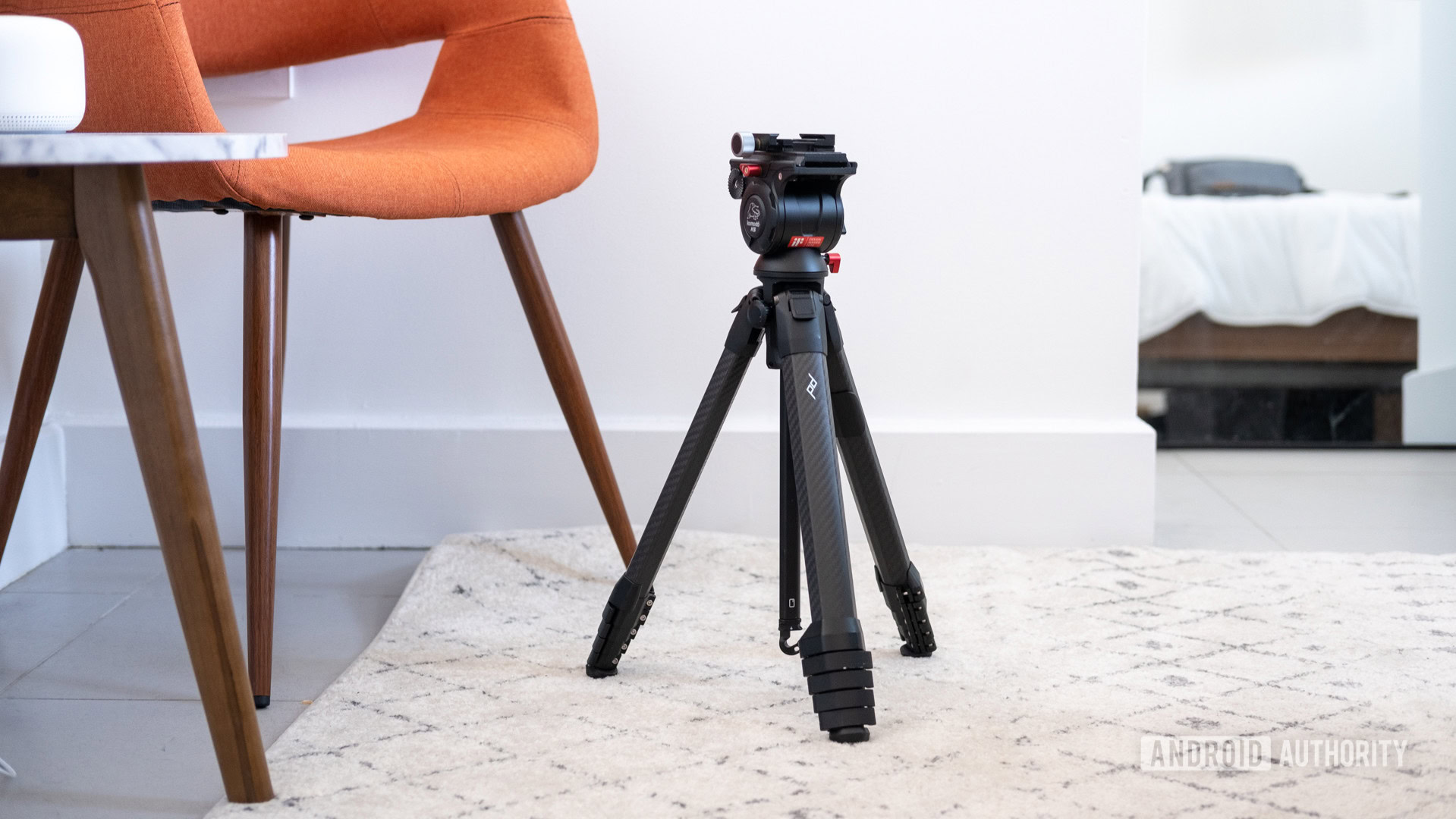
Tripods do one job — keep a camera still, in a specific place. You don’t need it to take great photos, but this one helps a lot. If you can only pick one accessory to spend money on, it should probably be a tripod. For starters, it can be used to hold a camera when not in use. The tripod can also help keep a camera still for long-exposure photography, self-portraits, repetitive sessions where the camera shouldn’t move (think school portraits), and more. It’s also an essential tool if you’re a videographer.
Many photographers can also get away with not having a tripod at all. Wedding photographers, for example, do most of their shooting handheld. The same goes for street photographers. And most other photographers can hold a camera as long as the shutter speed is fast enough to avoid motion blur. You can just set the camera down somewhere and let it sit still when necessary.
Think hard about how much you really need a tripod, though, because it’s a bulky thing to carry around, which doesn’t help the whole minimalist purpose. The less you can live with, the better. You might also want to look into monopods to see if they’re a worthy alternative.
Another factor to consider is price. While having a nice, solid, stable tripod is great, you might not need the very highest quality. Think about it; a tripod is just something that holds a camera still. There are plenty of great options at low prices if you stay away from the big brands. There’s more of a difference for videographers who need their fancy pans, or long-exposure photographers who need the best stability out there. However, many of you can get away with a cheaper tripod for the occasional still image. And that money could be better spent on the equipment that matters. I know people that have spent over a grand on their tripod. That’s as much as some really good quality lenses.
Read more: Awesome photography accessories you should check out
Filters
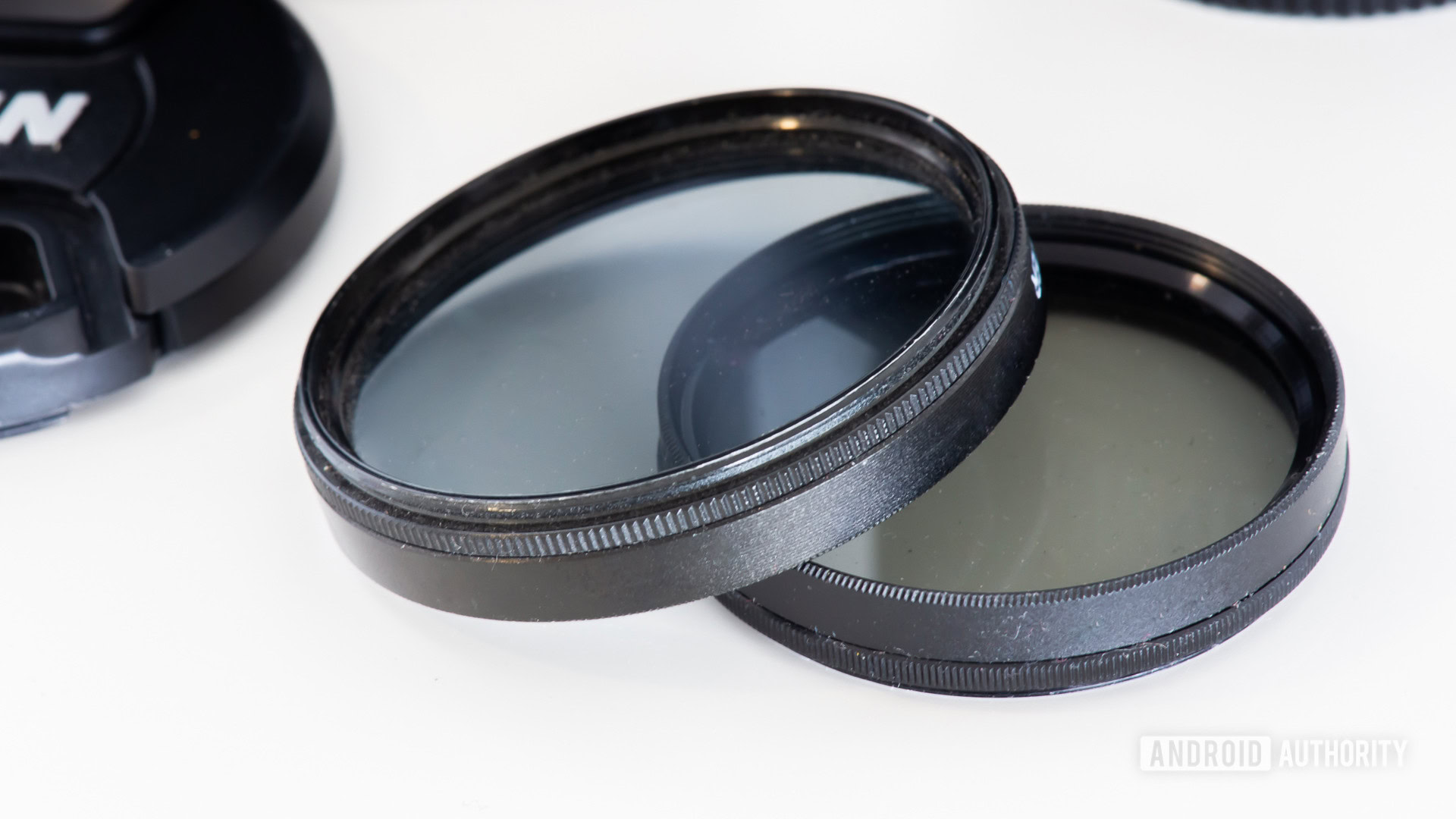
I’m a bit on the fence about this one, because you don’t absolutely need filters, but they can achieve certain things you usually can’t do without them. The truth is they’re still used for very specific things, though, and you can still do certain things to achieve very similar effects.
UV filters clear out haze, but so does good editing. A polarizing filter can make skies bluer and reduce reflections, but sometimes the difference is very slight, and you can also work with editing and exposure to help the case. ND filters might be the most valuable in this case, because these darkened glass pieces can help create effects very hard to replicate on post. These are commonly used to smooth out waterfalls or achieve slower shutter speeds in overlit scenes.
Extra batteries
Whether you need extra batteries or not will depend on your usage and camera. Some cameras have better battery life than others, and some people need their cameras for longer than others. Look at the estimated battery life and see if you actually need an extra battery or not. You don’t want to ever be left with no juice in the middle of an important session. We would say you should get at least one if you ever take on client work, just in case.
What if you do need more? Consider renting
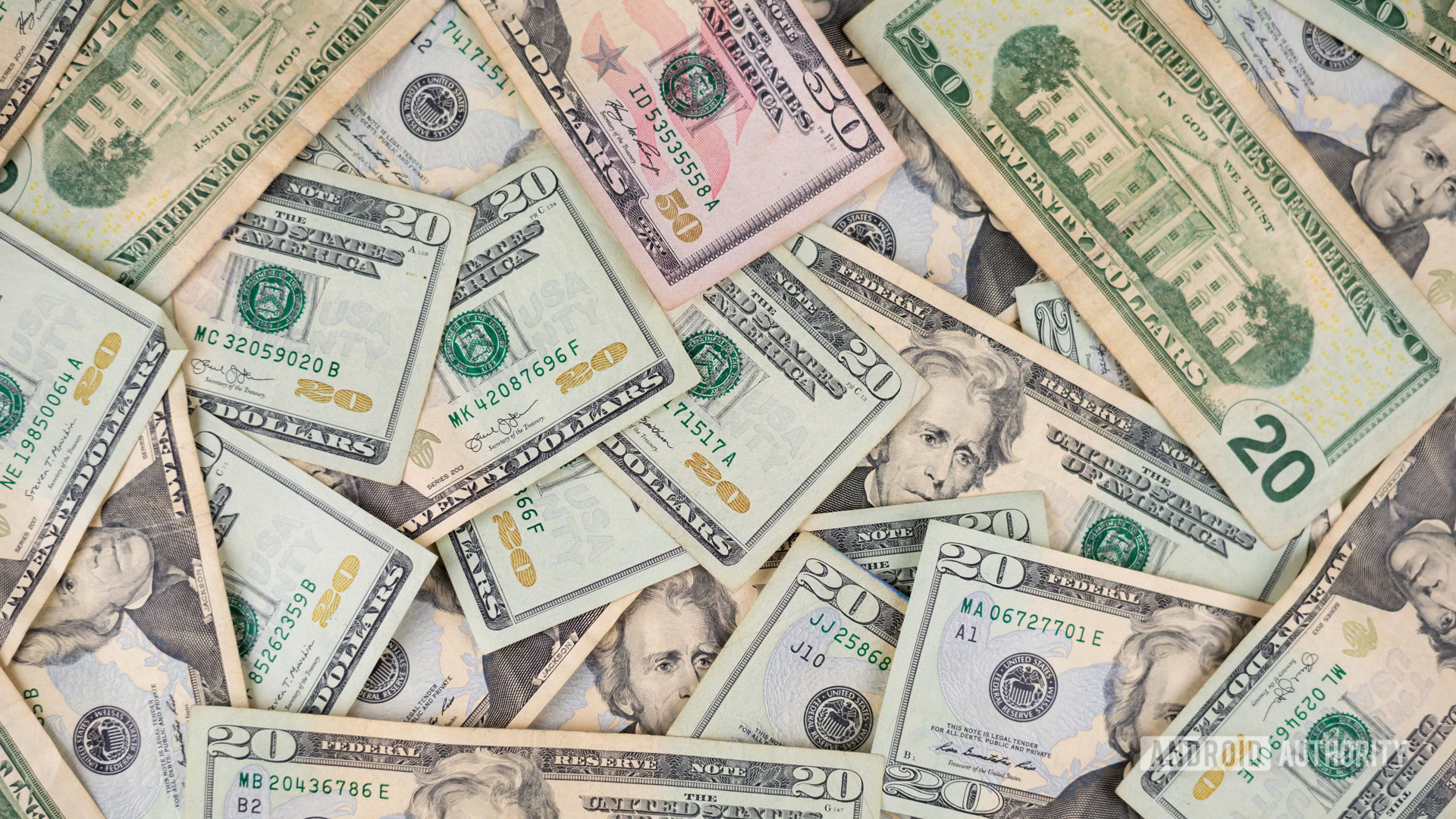
Depending on the type of photography you do, becoming an equipment minimalist might be more challenging. This is especially the case for general photographers who shoot many types of sessions. Or very specialized shooters who depend on a bunch of lighting, accessories, and other elements. The trick here is to determine how often you really need that extra equipment.
If you only need a specific lens once every couple of months, do you need to purchase it? There are plenty of photo and video equipment rental services out there that might become a better alternative to owning certain products. Indeed, you won’t mind the rental price if the gig you use it for is paid, not to mention it will likely be more affordable, especially for high-ticket items like professional bodies or expensive glass.
We’ll recommend some popular websites for renting camera equipment below, and check if you have any local options. I know of at least two in my area.
Popular camera equipment rental websites:
If you decide to buy some quality equipment, you might want to consider renting it out too! Websites like ShareGrid allow you to rent your equipment to fellow creatives. ShareGrid even offers insurance, in case someone damages your equipment. It’s a great way to make up for some of your expenses.
My camera gear
I wanted to end this post with my plans on what will soon be in my camera bag and extra gear. My focus is primarily on tech product photography and some general shooting, so I’m keeping things relatively simple. I am trying to optimize my space and spending where it truly matters, so some of this equipment is on the pricier side, but I make up for that by reducing the amount of gear I’ll be purchasing.
Camera body
Sony A6000
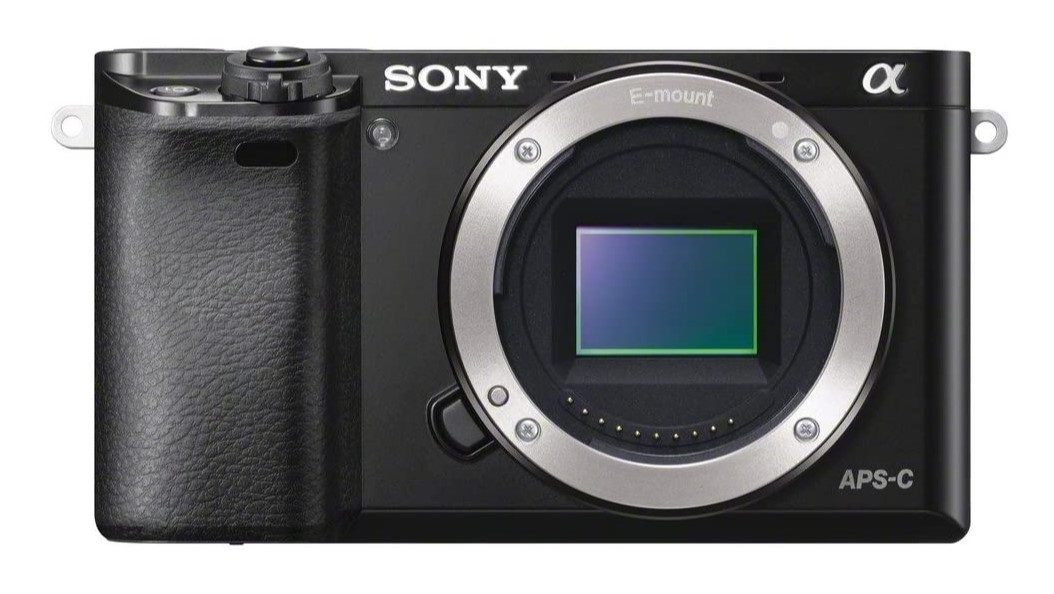
I started by moving from a full-frame Nikon D610 to a mirrorless body. There was a nice deal on the A6000 during the holidays, and I took advantage of it. The Sony A6000 may be old, but it is a beloved camera among enthusiasts. This camera was among the first to revolutionize the camera space, offering fantastic technology at a very accessible price and a compact form factor. There are many newer (and better) versions of it, but the A6000 continues to be an excellent option for its price.
It may have an APS-C sensor, but the much faster autofocus, Eye AF, wide autofocusing coverage, accurate live view, faster continuous shooting, and other features will help me not miss the photos that matter. Not to mention I’ll also enjoy fun features like easy wireless transfers, NFC pairing, rotating screen, and the slew of smaller, improved mirrorless lenses coming to the market. I’ll be missing my full-frame sensor, but this APS-C sensor does really well and can shoot very high-quality images.
Sony A7 IV
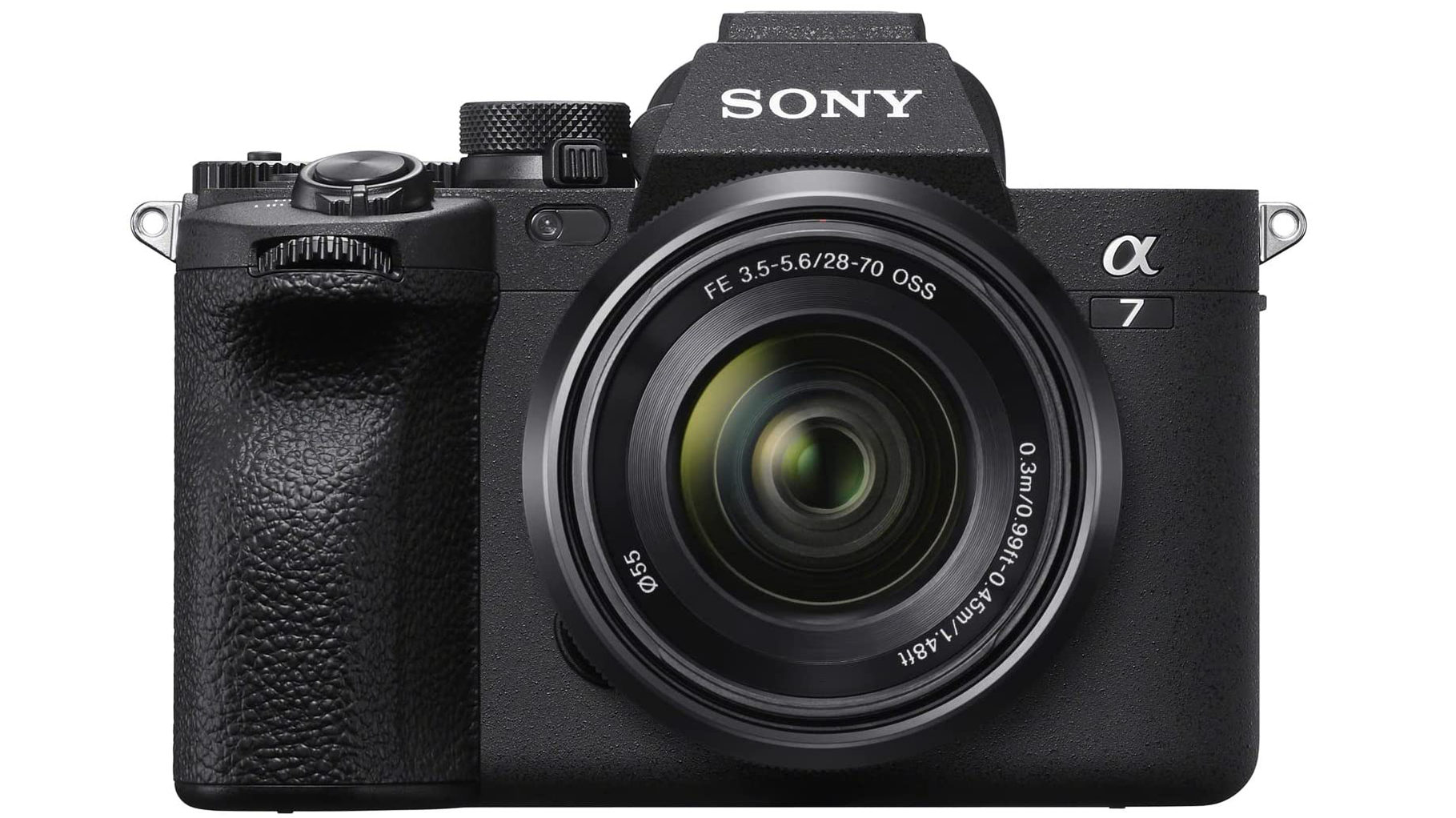
Do you know why I’m not missing the full-frame sensor from my D610? Because the A6000 is still a temporary solution until I get all the high-quality lenses I want. Getting the A6000 was my way of getting something more affordable until I finished purchasing all the expensive lenses, which do more for image quality.
I’ll be upgrading to the Sony A7 IV once I own all the glass I want, and will likely sell the A6000. I might consider keeping it as a secondary shooter or portable alternative, though.
Lenses I definitely want
Of course, I have the kit lens, which does alright, but we know that glass is only a placeholder that will be thrown into a closet once the real lenses earn a place in your bag. All the lenses I’m choosing are also made for full-frame sensors, because I want to take them with me when I upgrade to the A7 IV.
Here’s my plan for the lens department.
Sigma 24-70mm F/2.8 DG DN Art
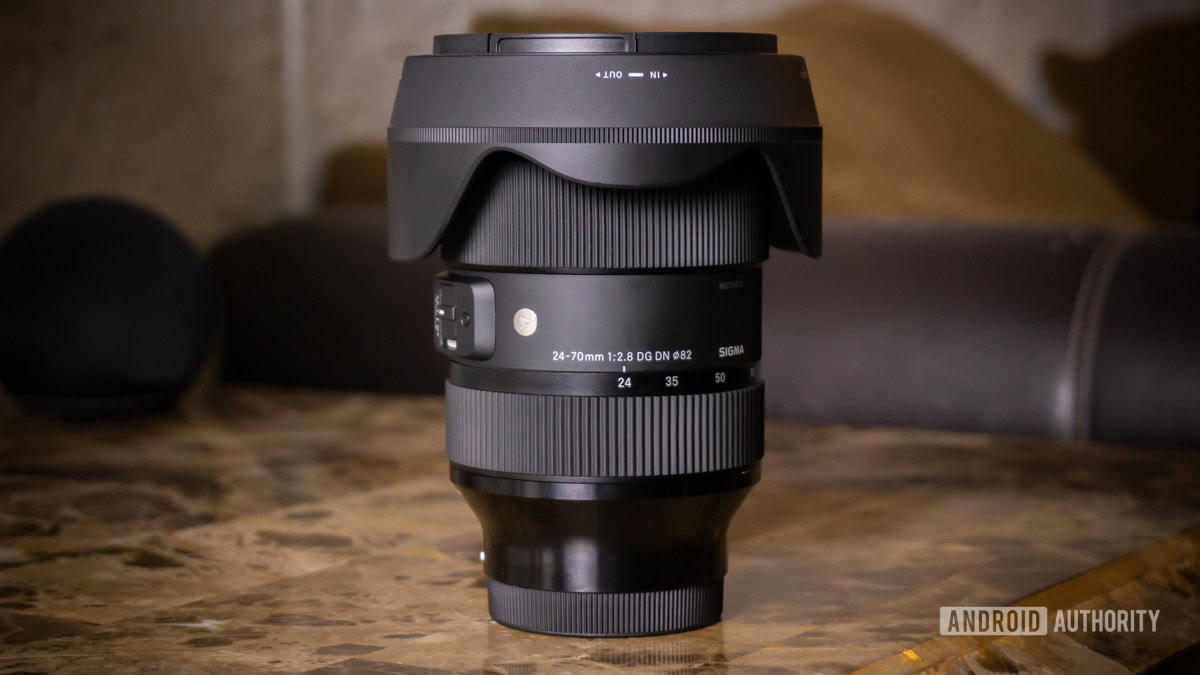
The Sigma 24-70mm F/2.8 DG DN Art is my first acquisition, and will probably become the lens that lives on my camera’s mount for most shoots and general images. The 24-70mm range is great for most general pictures. You can zoom in enough to shoot someone across a room, or to get close enough to a small subject. It’s also possible to go wide enough to photograph most group shots, landscapes, or building spaces. The f/2.8 aperture is also wide enough to accomplish great bokeh and capture images in darker environments. There’s a reason the 24-70 f/2.8 lenses are so sought after.
Why Sigma? I could have chosen the Sony version, but I realized this was a better option after looking at some comparisons. The Sony one is technically better, but not by much, and costs twice the price.
Sony FE 90mm F/2.8 Macro G OSS
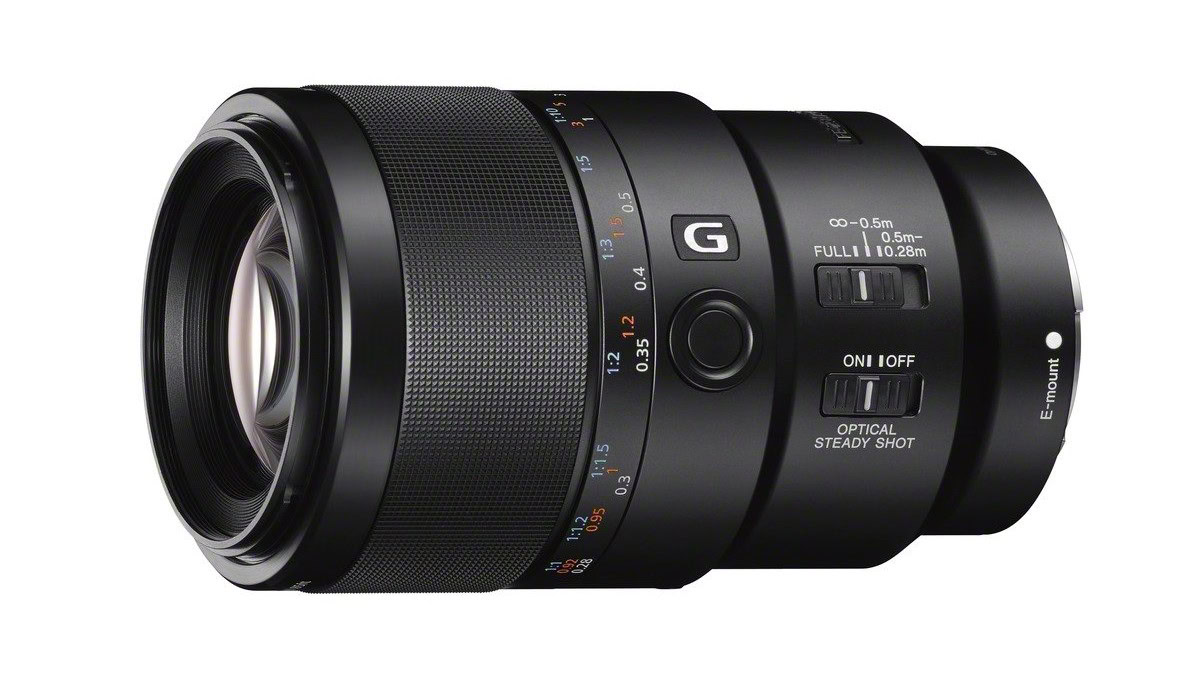
I take photos of a lot of tech, especially phones. These products are usually small, and I need to get up close and personal with them. A good macro lens is an essential part of my workflow. Not to mention it’s always fun to shoot the occasional cool image of a magnified bug or flower!
This is where the Sony FE 90mm F2.8 Macro G OSS comes in. This lens has impressive reviews and is of excellent quality.
Lenses I’m not sure about
I want to keep things simple, so those are the two lenses I’m starting with. There are a couple of options I’m still debating. Of course, I would love to hear your opinions in the comments, if you have any suggestions.
Sony FE 70-200mm f/2.8 GM OSS
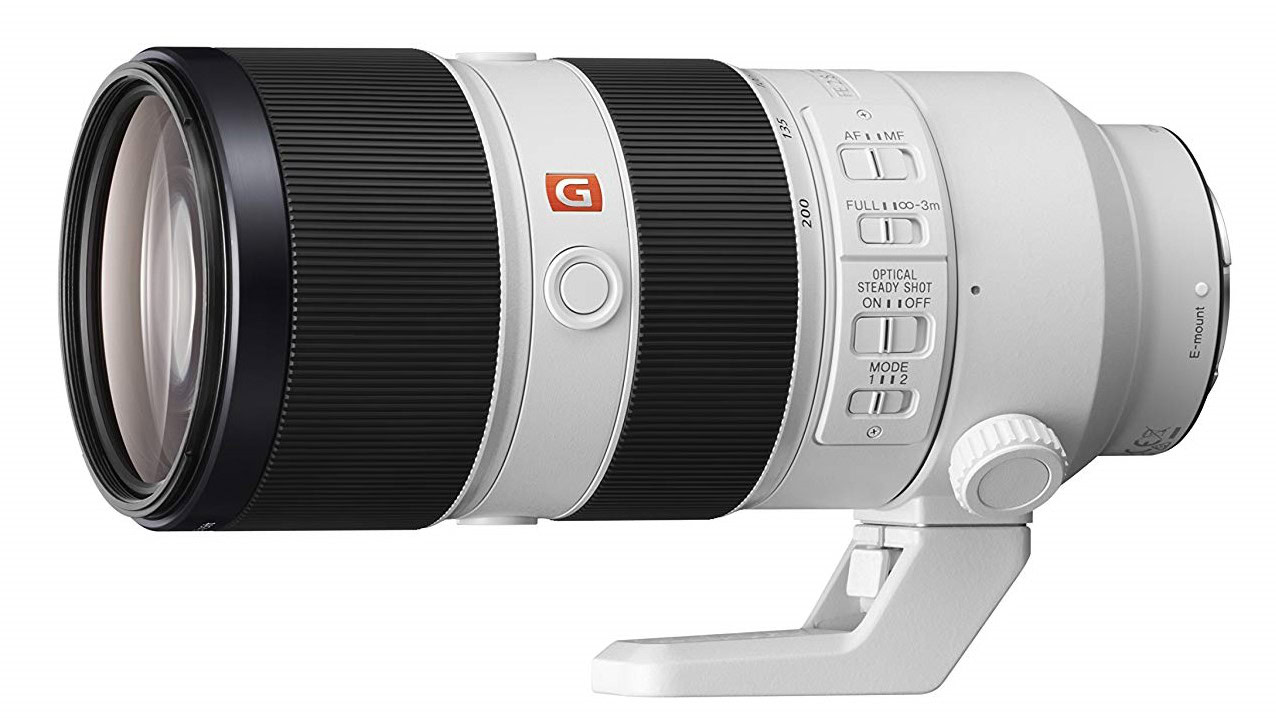
While I see the importance of the 70-200mm focal range, I rarely found myself using my telephoto lens in the past. I don’t see that changing soon. It would be great for conventions and events, which is when I would mostly use it, but I can also rent it for those specific days. Regardless, the Sony FE 70-200mm f/2.8 GM OSS is a superb lens for shooting subjects from a distance. It would be great for street photographers and even portrait shooters.
Sony Planar T FE 50mm f/1.4 ZA
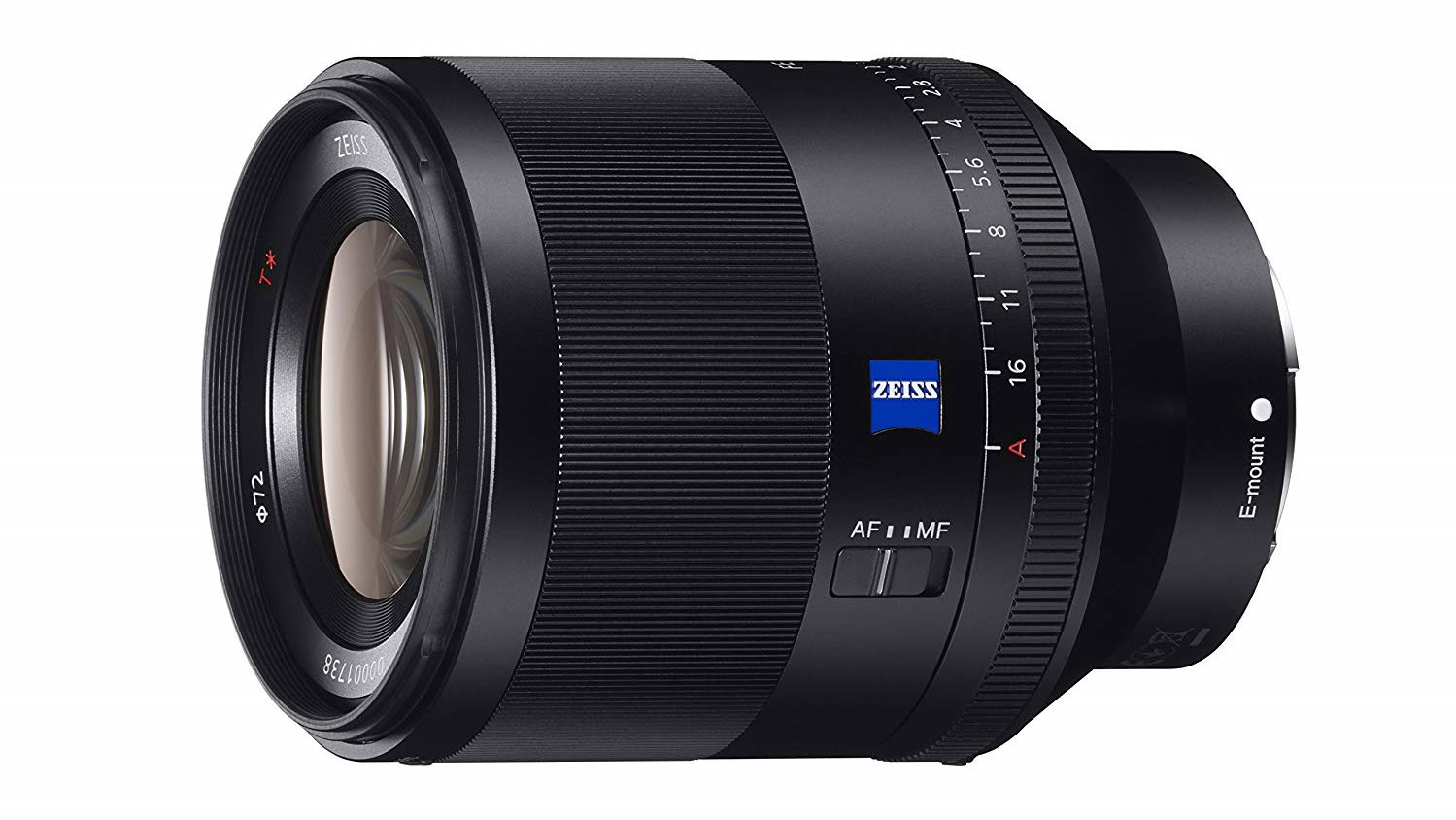
This one, I’m more likely to get. I’ve been preaching about the functionality of a 50mm f/1.8 lens for years. The Sony Planar T FE 50mm f/1.4 ZA is a prime lens I’ve used with every camera I’ve owned, and it takes most of my photos. 50mm (paired with a full-frame sensor) is a very true-to-life perspective compared to the human eye, and the f/1.8 aperture makes superb bokeh and sharp images where focused. The best part is these lenses tend to be very affordable, too, so you can create amazing shots without spending much.
I’ve always wondered what it would be like to take things a step further and get one of the higher-quality prime lenses. After all, I would have very few lenses, so wouldn’t it make sense to spend more on the ones I do have? This Sony lens is made with ZEISS technology and has a maximum aperture of f/1.4. It’s very expensive, but the 50mm prime has a history of being my primary lens. On the other hand, the 24-70mm f.2.8 I already own covers the 50mm focal length already, so spending that much for a wider aperture is not the most solid argument for minimalism.
Other gear
I have been an accessory brat long enough. I am doing my best to avoid accessories I don’t need, but I can’t avoid some. Here’s the plan.
Cleaning kit
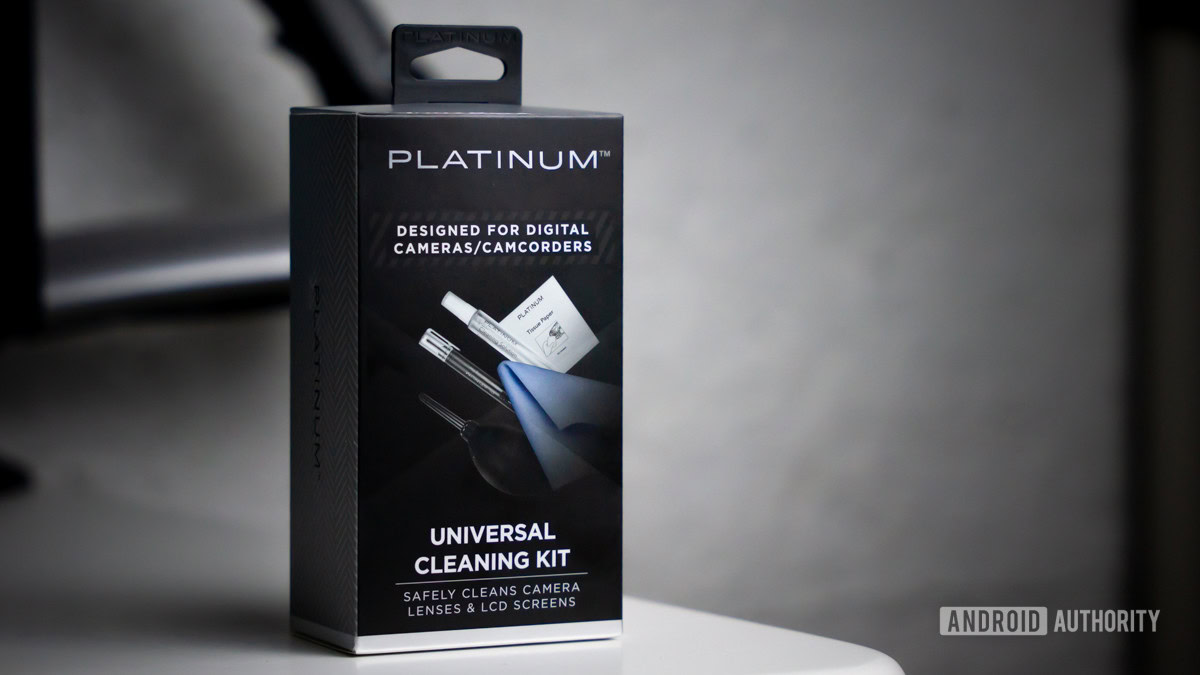
You don’t need much to clean your camera and lenses. I got a Platinum Universal Cleaning Kit from Best Buy. It comes with a dust blower for cleaning my sensor and general debris. It also has a microfiber, lens cleaning pen, and a cleaning solution. That’s all you’ll ever need for general cleaning purposes.
Rangers 8pcs ND Filter kit
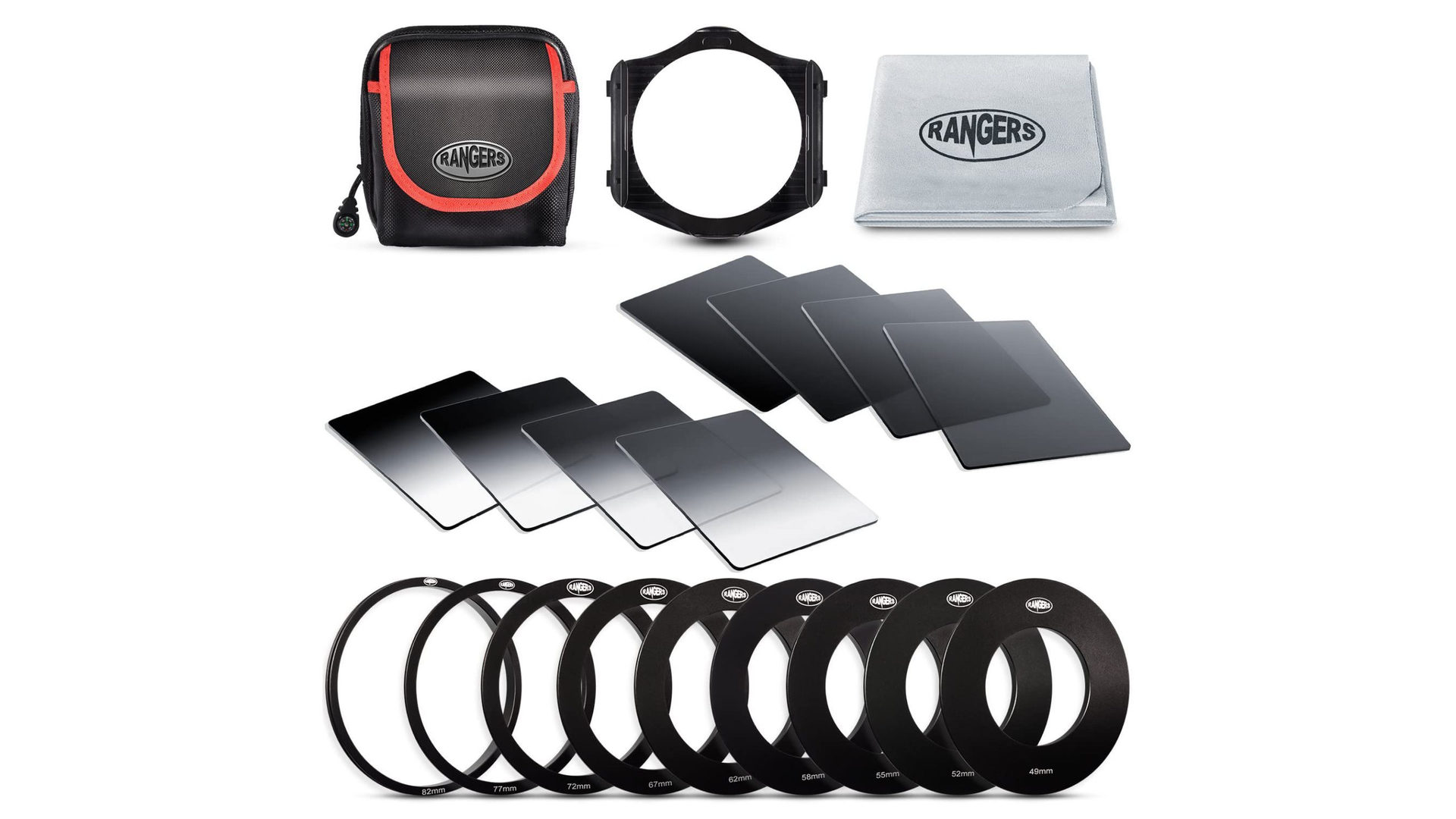
Filters are still essential for my nature and landscape shots. They also aren’t too expensive or bulky to carry around. I’m dedicating some space to them, but not a whole lot. The Rangers ND Filter kit comes with universal mounts and plenty of options, including four solid ND filters with different levels and another four graduated alternatives. They’ll fit on most lenses and can be carried in a small bag, which I can leave at home whenever I don’t need it.
Manfrotto Advanced Camera Shoulder Bag Compact 1
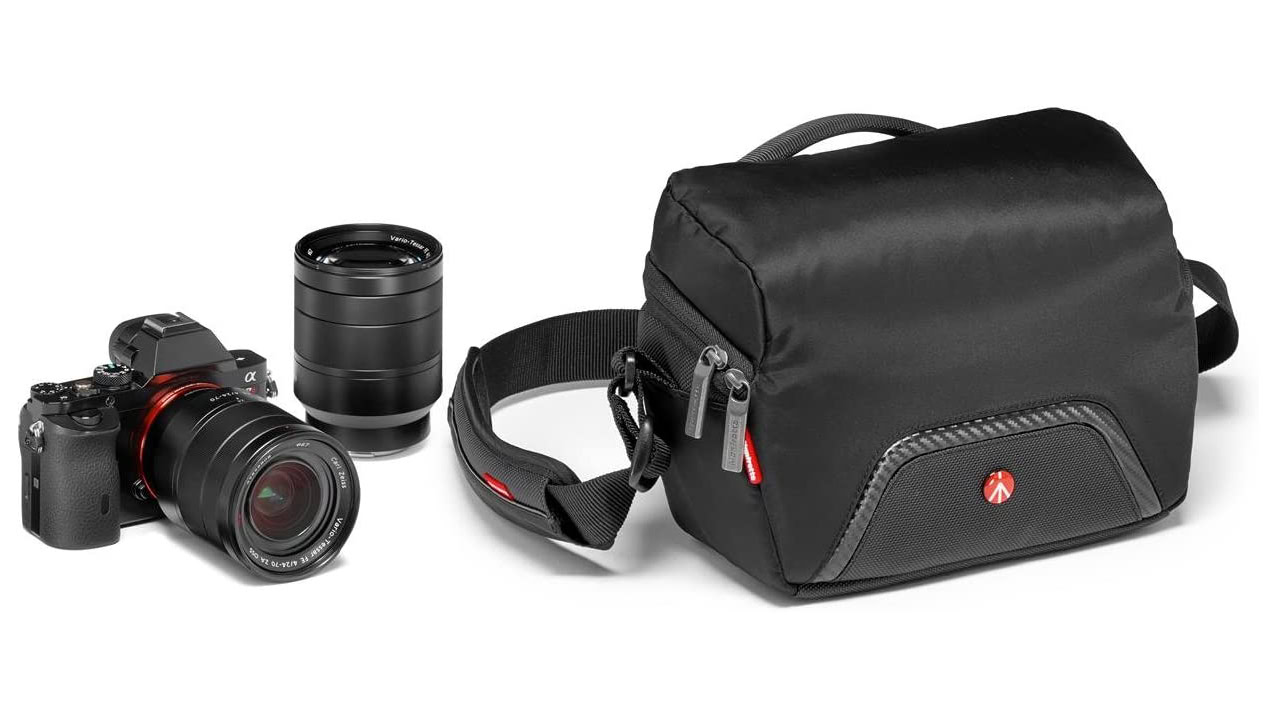
Manfrotto is a respected brand in the photography industry. Their products are known for quality, resistance, and excellent overall design. My last Manfrotto bag lasted me over eight years, and it was still in great condition when I let it go. I pretty much gave it away to the person who purchased my last camera, but the thing still had plenty of life in it! It had no real damage, all zippers worked perfectly, and there were no rips or tears. You can understand why I trust the brand so much now.
I want something smaller and simpler this time around, so I’m getting the Manfrotto Advanced Camera Shoulder Bag Compact 1. It’s small enough to carry around easily, but can fit up to three lenses. It also has some accessory pockets and a rain cover. Pretty neat.
GVM RGB LED Video Lighting Kit
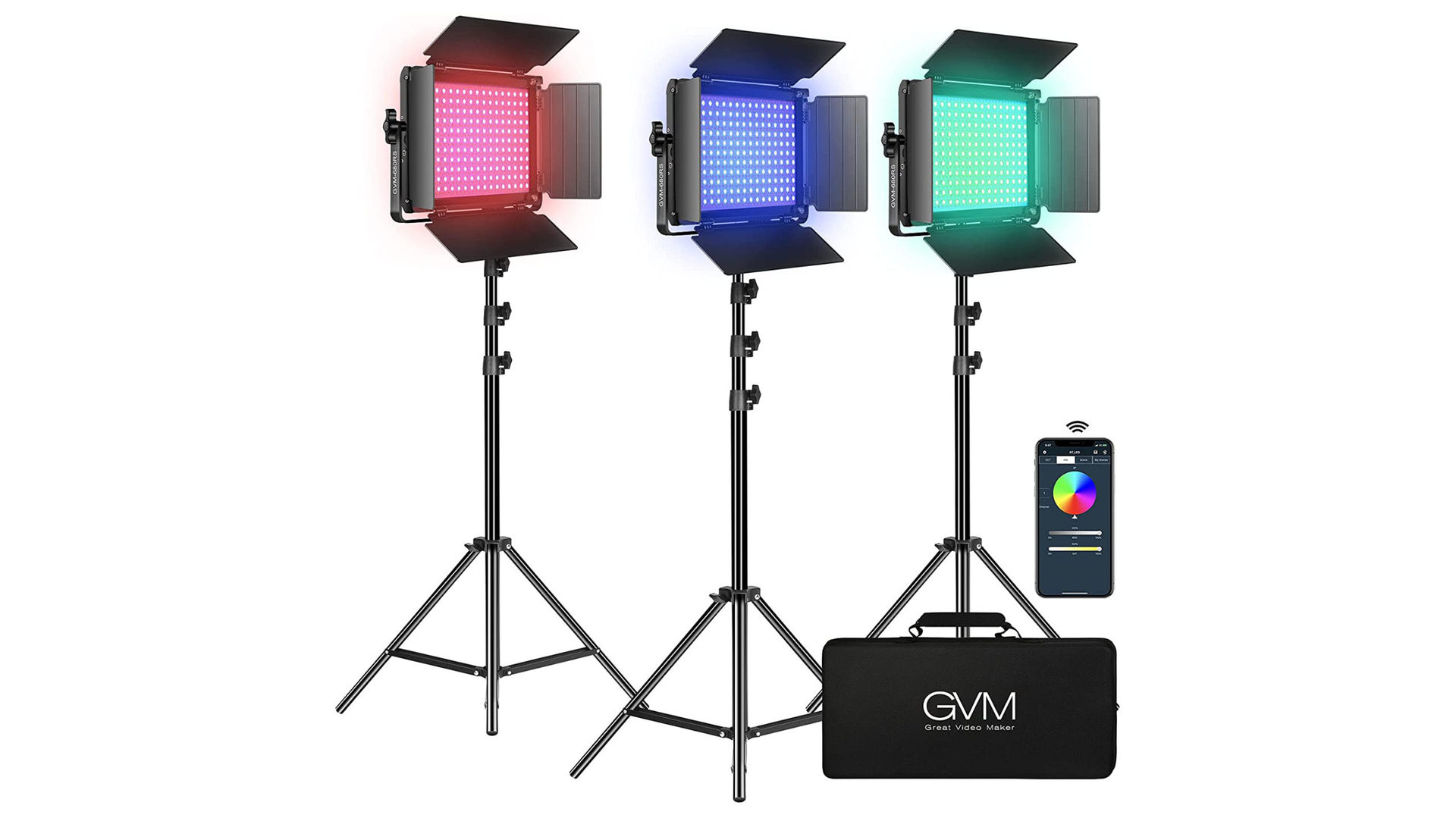
I’ll still need to do some studio work. I’ll continue to use my old softboxes and umbrella lights for a while, but soon enough, I’ll be upgrading to LED panels. These can be better customized, take up less space, and don’t create as much heat. They can also be outfitted with a battery for portable use. This specific kit even supports RGB modifications, and even lighting scenes.
Neewer 43 Inch/110 Centimeter Light Reflector 5-in-1
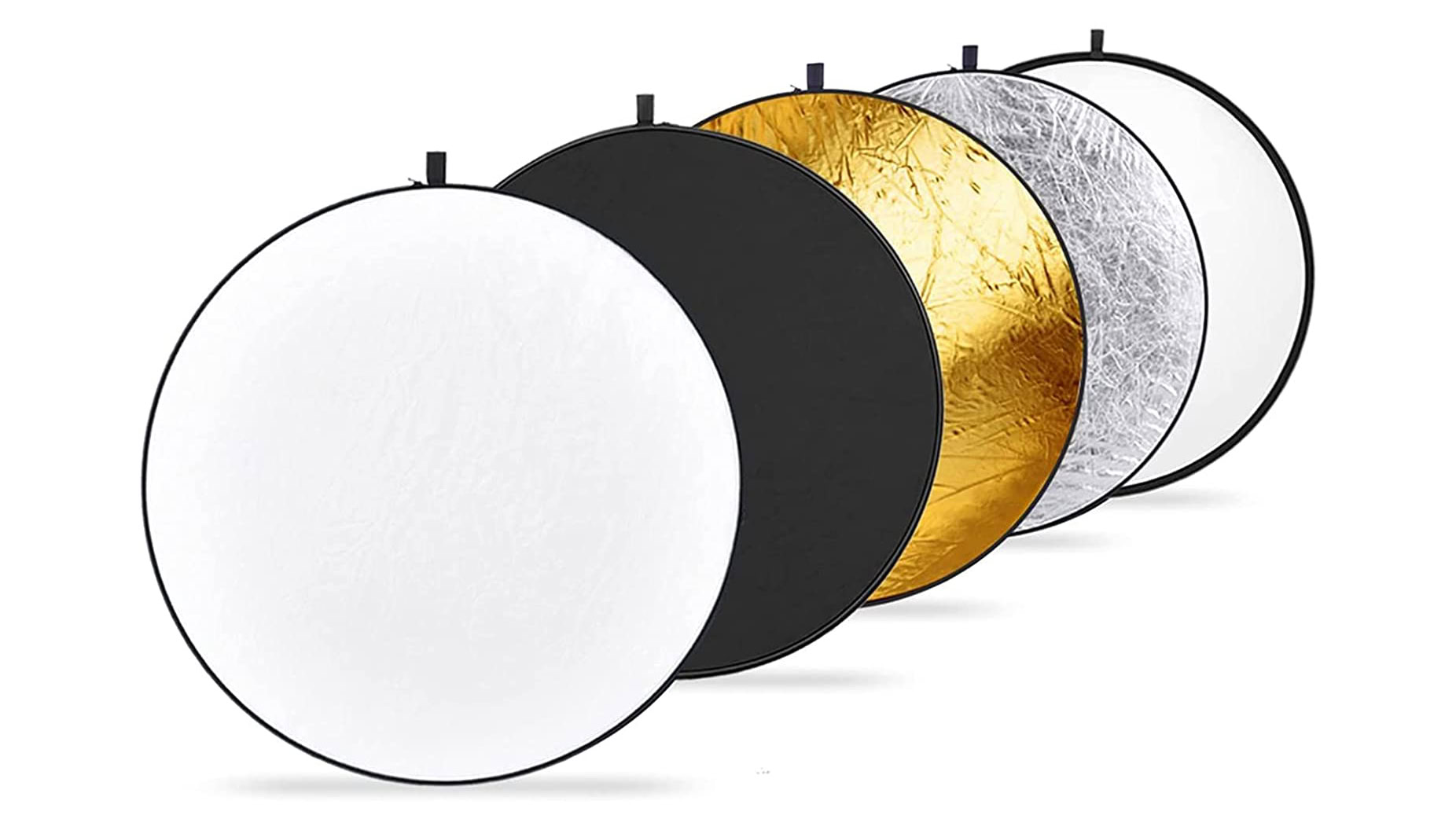
Any reflector will help; it’s just a thing that reflects light. As mentioned above, even aluminum foil will do the same job. Having something like this Neewer setup is nice because it comes with different types of reflectors in a single package, though. It’s also pretty cheap. Again, this is a “want” more than a “need,” though.
Anything else?
I’ll often need some backdrops, but I don’t want to overload myself with them. I’ve been using paper for most backdrops, and I usually throw it away after I’m done with it. Paper is pretty cheap, so I find that better than keeping a bunch of cloth backdrops around. It also keeps my home studio clutter-free.
I might get some smaller LED panels for additional lighting, too. But other than that, I’ll try to keep gear to a minimum and stick to what I mentioned above.
Your turn
I’ve told you all about my quest to photography equipment minimalism. What about you? How is your gear bag looking? Share in the comments and tell us if you’d benefit from simplifying your setup. Can you live with less gear?